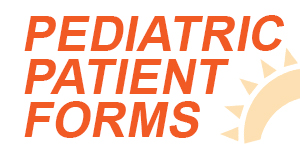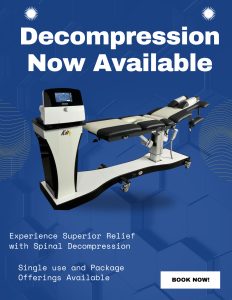Jaw pain, often referred to as temporomandibular joint disorder (or simply TMJ), is a debilitating condition that can make it extremely hard to eat and talk. In fact, there are a few different kinds of TMJ outlined in the literature. Each of these types can cause different symptoms, and each requires a unique treatment plan.
In this article, we will take a closer look at TMJ and demonstrate how chiropractic care can help these patients reduce their pain and improve their ability to use their jaw throughout the day.
What is TMJ?
The TMJ is a joint made up of the junction between two bones: the mandible and the temporal bone. The mandible has a small projection, which “hooks” onto a portion of the temporal bone. This articulation allows the mouth to open and close when we need it to do so.
When the cartilage between these two bones wears down, these two bones can rub on each other, leading to pain, grinding, and clicking with mouth movements. This wearing away of cartilage can occur as a result of many different causes, such as overuse, misuse, or even trauma.
What are the Symptoms of TMJ?
Because the temporomandibular joint is such a small and simple joint, the symptoms of TMJ are fairly straightforward. Generally, patients with TMJ will experience popping, catching, and, of course, pain with jaw motion.
Also, some patients may experience radiating pain from this issue, which can lead to headaches or pain in nearby regions.
Who Can Develop TMJ?
TMJ can affect anyone. There are few differences in terms of gender, age, or any other factors: no matter who you are, you can develop TMJ.
That being said, those who grind their teeth and those with rheumatoid arthritis/osteoarthritis may be at higher risk for developing this condition.
How is TMJ Treated?
There are a number of treatments available for TMJ.
The classic treatment for this condition involves the use of injections and pain-relieving medications. While these treatments can reduce the severity of symptoms for a short period of time, the relief rarely lasts very long.
For this reason, many patients who pursue the traditional medical model treatment for this issue will often need to undergo surgery if and when their symptoms don’t resolve. Needless to say, if you can avoid surgery for any condition, you should try to do so.
Non-Surgical Treatments for TMJ
Outside of medication and surgery, there are a few key alternative treatment strategies that can help with the symptoms of TMJ.
Exercise can help to loosen up the tight tissues associated with TMJ. By performing specific strengthening and stretching movements for the jaw and neck, you may be able to reduce your symptoms and improve the function of your temporomandibular joint.
Outside of active treatments, such as exercise, patients may also pursue more passive treatments. Mouthguards and taping techniques can help to keep the jaw moving in a clean, less-aberrant motion. Additionally, something as simple as an ice pack or heating pad can help to reduce severe symptoms of temporomandibular joint disorder.
Also, there are a number of manual therapy techniques for TMJ, such as massage, mobilization, and chiropractic manipulation. By manipulating specific points in the spine (and even in the jaw itself) chiropractors can often significantly reduce symptoms of TMJ.
Are you dealing with an achy, painful jaw? Chiropractic care can help you today! Our professional team at Awaken Chiropractic, the Parker chiropractors, are experts in dealing with pain of all types. Stop in today or book your appointment with us now!







